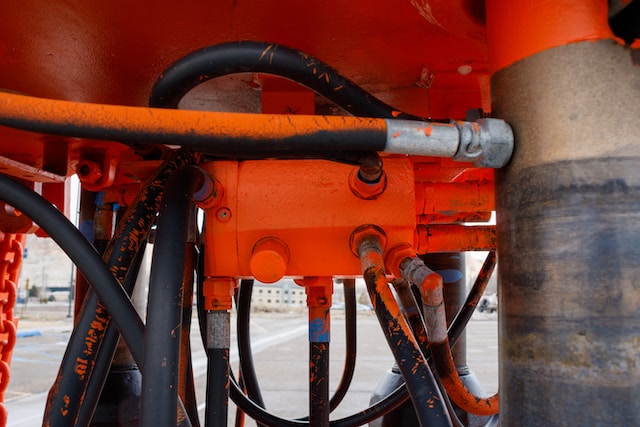The hydraulic machinery that supports efficient and smooth operations in many key industries requires frequent maintenance. This is especially true for hydraulic hoses. Preventive maintenance is the best way to keep your hydraulic equipment working properly. However, not all preventive maintenance approaches are created equal. Start with a thorough inspection. Look for leaks, abrasion, wear, cracking or twisting.
Identifying the Problem
In hydraulics, a smooth-running system is essential for efficient and productive operations. However, unforeseen issues can arise, disrupting workflows and causing downtime. Hydraulic mobile hose repair Charlotte, NC, plays a crucial role in identifying and resolving these problems, ensuring the continued performance of hydraulic systems. The first step in effective hydraulic portable hose repair is accurately identifying the problem. This involves thoroughly inspecting the hydraulic system and paying close attention to potential signs of trouble, such as leaks, unusual noises, or reduced power output. Experienced technicians can employ specialized tools and diagnostic techniques to pinpoint the root cause of the problem, whether it be a faulty hose, a damaged fitting, or an underlying issue with the system’s components. Once the problem has been identified, hydraulic mobile hose repair technicians can implement the necessary repairs to restore the system to its optimal condition. This may involve replacing damaged hoses, repairing leaks, or adjusting system components. By effectively identifying the problem and implementing timely and appropriate repairs, hydraulic mobile hose repair services play a vital role in maintaining the integrity and efficiency of hydraulic systems. Prompt attention to potential issues can prevent minor problems from escalating into major breakdowns, minimizing downtime and maximizing productivity.
Inspecting the Hose
While hoses are only a small component of hydraulic equipment and machinery, they can cause some of the biggest problems if they need to be properly maintained. A leaky hose can not only result in costly repair bills and downtime, but it can also cause environmental damage. Oil spills threaten wildlife and put people at risk, not to mention creating a huge publicity crisis and massive cleanup costs. During inspections, operators should check the hoses for signs of wear and tear. Physical changes to the hose, such as cracks, abrasions, brittleness, oil permeation and color changes, can indicate that it’s reaching the end of its lifespan. Additionally, operators should look for twists and binding, as even minor binds can significantly decrease a hose’s lifespan. Another crucial step is examining the fittings. Ensure they are properly tightened and not over-tightened, as this can damage nuts, adapters and sealing seats. Additionally, avoid fastening or crossing high and low-pressure hoses together, which can cause abrasion and restrict fluid flow.
Inspecting the Fittings
It’s critical to check the hose’s fittings for looseness, as this is one of the most common causes of leaks. During the inspection process, technicians also inspect the hose for external damage. They look for cracking, rust or corrosion and ensure that the hoses are properly routed so they don’t put themselves at risk of being pinched, crushed or damaged by moving parts. A hose’s flexibility is also tested by gently bending it in different directions. Excessive rigidity suggests internal damage and a technician will assess whether the hose can continue in service for an appropriate period based on this assessment. A professional mobile hydraulic hose repair technician will inspect the hose and know how to make it fit the machine correctly. This prevents further damage and ensures the hose can be used as intended. It’s also a great way to avoid unnecessary costs and downtime. In addition, it’s important to maintain a clear, consistent record of inspections.
Replacing the Hose
Generally, hydraulic lines should be replaced after four to six years, especially in critical applications. If a hose has reached the end of its service life, consider increasing inspection intervals and replacing it simultaneously as part of your regular preventative maintenance schedule to avoid costly downtime. Thoroughly clean the hoses and the connecting fittings to ensure no dirt or dust enters the internal system. This is crucial as even the smallest dirt can cause an expensive leak. After the hose is replaced, double-check that there are no leaks and that the system is operating correctly by raising and lowering the mechanism to see if it works properly. Then, test the hose for several minutes with low pressure. If it still functions properly, the repair has been successful. If it does not, the hose may need to be replaced again. This may mean adding another hose to the system and increasing the inspection interval.





